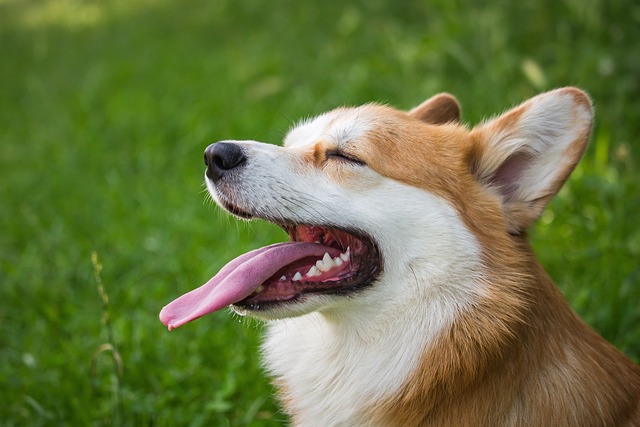
What vitamin is good for dogs' skin
Seeing your dog constantly scratch or noticing dry, flaky skin can make you wonder if a simple vitamin might be the solution.
It’s a sticky morning in Austin, and you set a 2-cup water bowl down for your 30-pound beagle, Charlie, before heading to work. By the time you’re back, the bowl’s empty, and he’s nosing at your ankle, tongue lolling like a wet rag. You wonder: Did he drink too fast, or was 2 cups not enough? Let’s cut through the guesswork—this isn’t one-size-fits-all, and your pup’s water needs depend on way more than just “a cup or two.”
Here’s the science: A dog’s body runs on water, just like yours. On average, they need about 1 ounce per pound of body weight daily. So Charlie, at 30 pounds? That’s 30 ounces—almost 4 cups. 2 cups? That’s like you skipping lunch and dinner. Hot days or park zoomies crank it up: my sister’s golden retriever, Max, drinks double after chasing frisbees in Phoenix’s 100°F heat. His vet said dehydration starts small—dry gums, sunken eyes, peeing less than usual—and gets serious fast, upping his risk for kidney stones or heat exhaustion.
So how do you nail it? Start with the math, but watch Charlie’s cues. If his bowl’s empty by noon every day, add a half-cup. Check his gums—they should feel slippery, like your inner cheek; if they’re sticky, he’s thirsty. Keep water fresh: scrub the bowl daily (slimey gunk breeds bacteria) and put a second bowl in your apartment’s living room if he hangs out there. In Chicago high-rises, this keeps water within reach without him trekking across the unit—no more wet paw prints on your neighbor’s hallway rug, which keeps HOA rules happy.
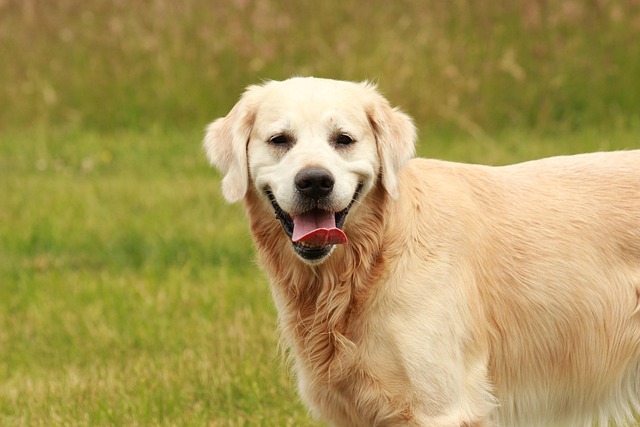
A few exceptions: Puppies and seniors need extra—puppies’ bodies are growing, seniors’ kidneys work harder. If your vet says Charlie has heart issues, they might tweak the amount, but never cut back without their okay. When you’re out walking, pack a collapsible bowl—those 15-minute strolls in the community park dry him out, and offering sips keeps him comfy. And hey, don’t forget the basics: Grab poop bags (Austin fines $100+ for slacking) and keep his rabies vaccine current—most dog parks here won’t let you in without proof.
Training note: If Charlie tips his bowl (because beagles love chaos), redirect him with a “gentle” cue and a treat when he drinks calmly—yelling just stresses him, and stressed dogs drink less. Positive reinforcement? It works for both manners and hydration.
By week’s end, you’ll notice Charlie’s energy stays steady, and his pee’s a pale yellow (not dark amber). That’s the sweet spot—enough water to keep him happy, not so much you’re mopping up nonstop. It’s just part of being a good pup parent: paying attention to the little things, even the water bowl.

Seeing your dog constantly scratch or noticing dry, flaky skin can make you wonder if a simple vitamin might be the solution.
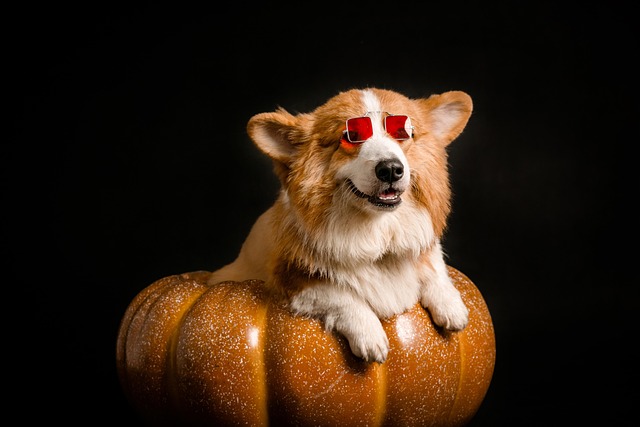
If you’re a new dog parent in the US—maybe you’re sitting on your Portland apartment couch, staring at your 1-year-old Australian Shepherd

If you’re a new dog parent in the US—maybe you’re sitting on your Atlanta apartment floor, holding your 6-week-old Beagle puppy, Daisy, who’s curled up in your lap
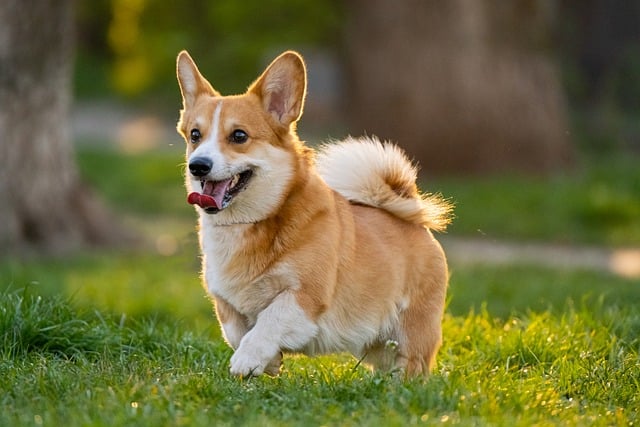
If you’re a new dog parent in the US—maybe you’re standing in your Denver apartment’s kitchen, staring at a bag of high-quality puppy kibble and a bottle
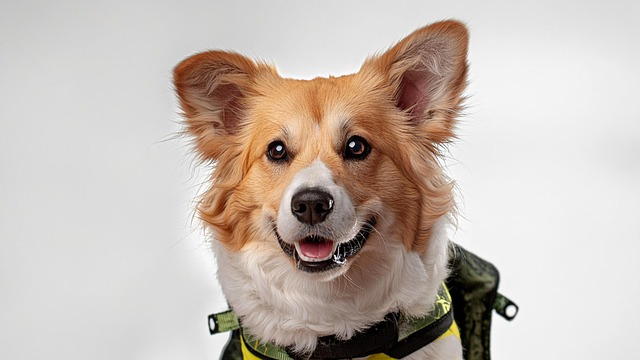
Seeing your puppy grow daily is amazing, and it’s natural to want to give them every advantage, including supplements.
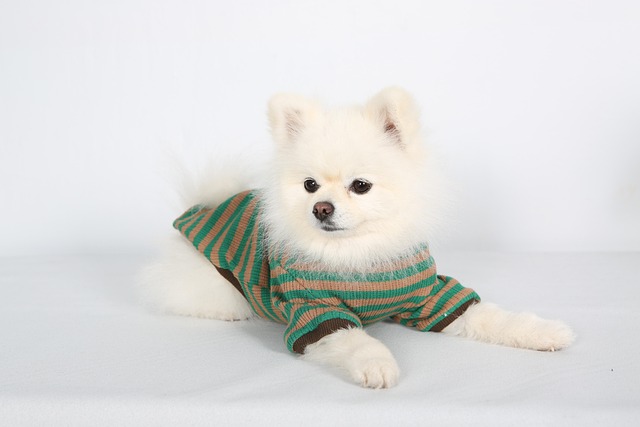
Brown stains on white dog fur aren’t just unsightly—they can also hint at underlying issues like tear duct irritation or poor grooming habits, which matter even more when you’re following local pet care laws.